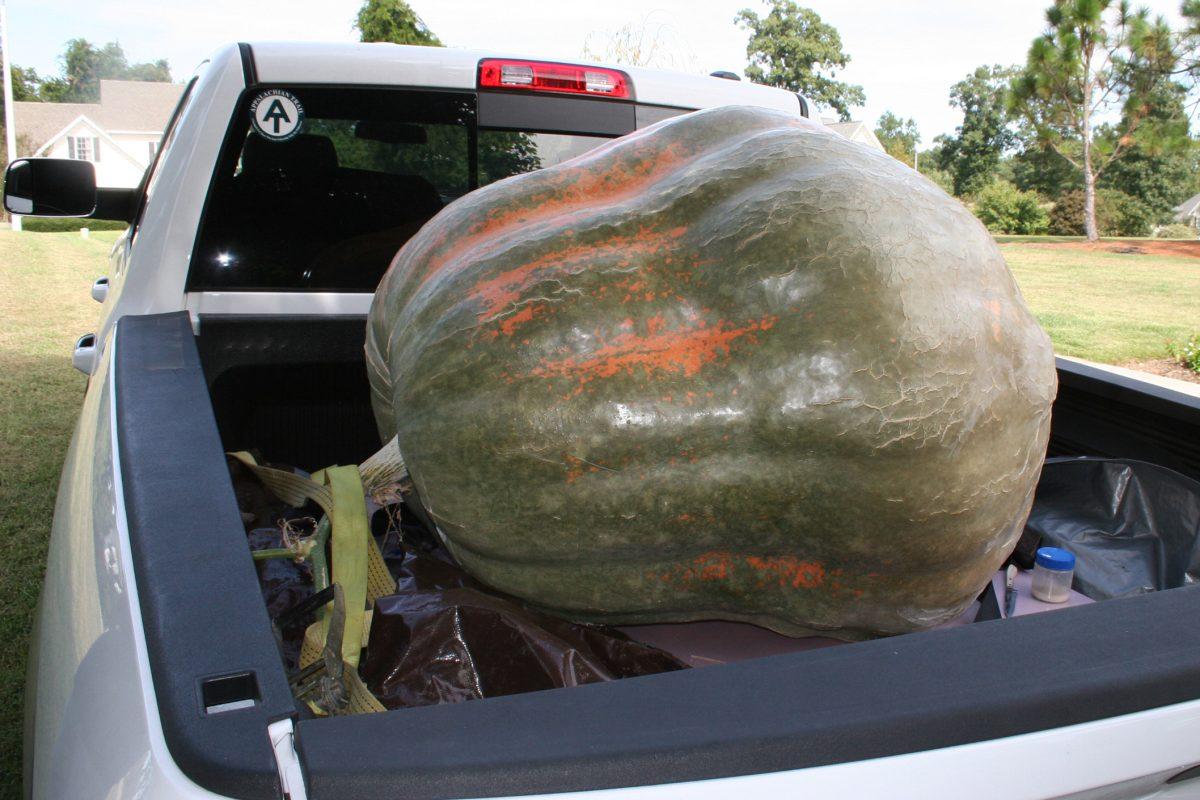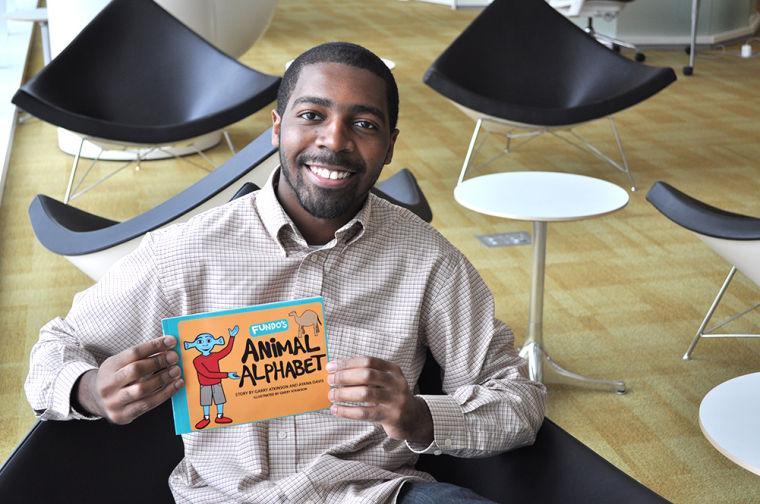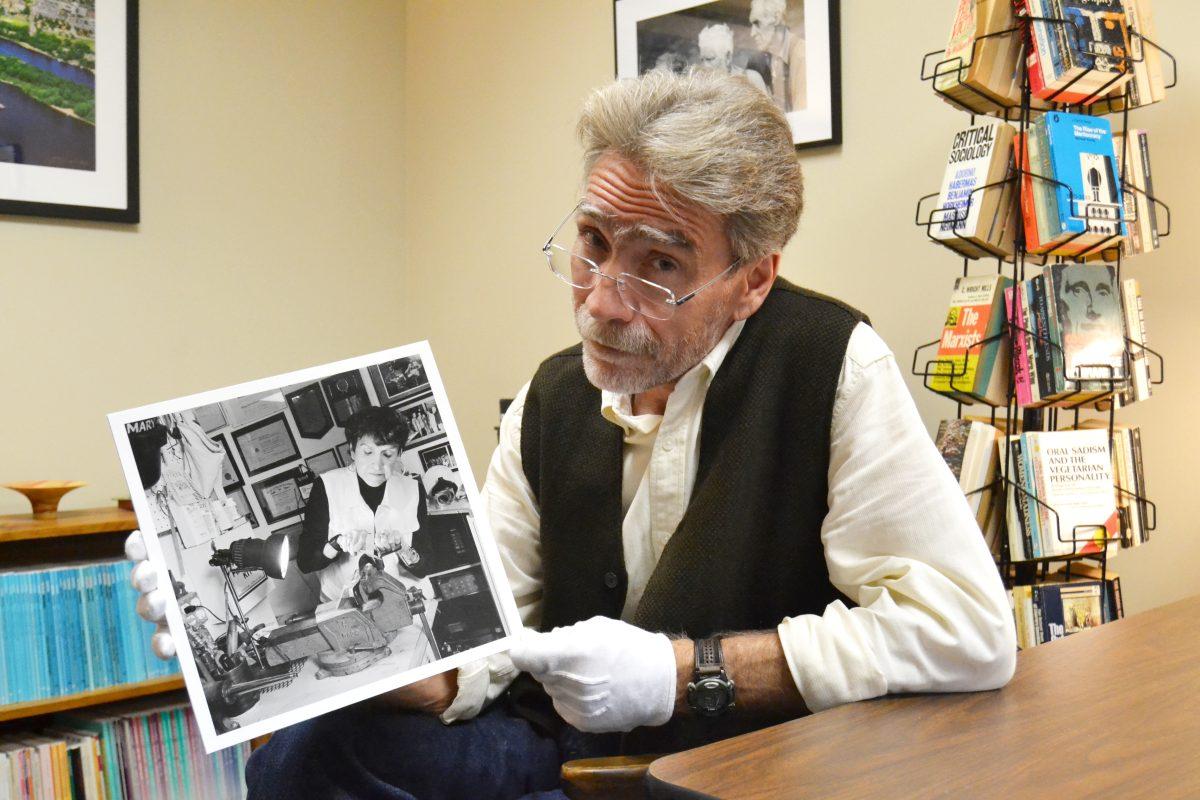COMMENTARY
27 Views of Raleigh is exactly what it claims to be — a book containing 27 selections of stories, essays and anecdotes as told by 27 different writers, each connected by a tie to the city.
Some selections touched my heart. Others put me to sleep — each work defines itself.
I knew the book’s premise when I started it, but I didn’t actually anticipate how different every work would be from one another — authors from every walk of life contributed history lessons, poetry, works of fiction (including one science-fiction piece) and personal anecdotes.
The book’s greatest strength was a rapid and constant changing voice. Each new work described the same space as seen through different eyes.
One author explored her family’s deep ties to Raleigh and how they shaped her, while another talked about her double-life as an immigrant. Still, another described African-Americans’ history in Raleigh, while one told a purely funny story about how, as a young couple, an author and his girlfriend looked for a place to live.
The vast collection provided a more complete picture of the city than one author could have done alone.
Many of the authors sharing touching, personal stories. For instance, an essay chronicled the experience of a pastor in Raleigh’s 1988 Gay Pride March. Another essay detailed a woman’s relationship with the fox that lived in her backyard. There was also poetry about seeing an Islamic person pray in the rush of the city, and poetry about an old man looking back at falling in love at the State Fair.
I enjoyed the essays covering the history of the city. For example, Wilton Barnhardt makes the Civil War easy to picture as he writes about Robert E. Lee making his way up a road, which would later become I-95.
I found myself caught in a fit of giggles upon reading that, in an attempt to fireproof the old beloved capitol building in 1831, workers accidentally burned it to the ground.
One essay, ‘The Third House’ by Rob Christensen, felt like historical gossip in its overview of all the political scandals that had taken place in past years at the Sir Walter Hotel.
However, not all the works were brilliant. The book attempts to cater to a very niche audience: people who are familiar with Raleigh. Sometimes this is taken too far.
Many of the works cram in supposedly familiar street and place names without describing what they look like, and I, not a Raleigh native, would find my eyes glazing over. I found it a bit ironic that I had a hard time picturing places described in a collection dedicated to the city in which I live.
The references weren’t entirely esoteric. For instance, I perked up at the mention of the Belltower, and another essay mentioned an auto-repair company I’d been to. People that grew up in the city would probably find the details endearing, but, for those who moved here recently, a good chunk of the writing is difficult to relate to.
And, just like the odd work was extremely poignant, I found a few works extremely boring. One in particular, ‘Harking Back to Hargett Street,’ was about a walking tour I’d never taken and that followed the plot of a book I’d never read. Written by the author of said book, it felt much too much like an advertisement. It even ended with a plea for the reader to buy the book.
All in all, no matter who you are, you probably won’t like all the pieces that make up this collection. They’re just too different. But I guarantee you’ll like some of them.




